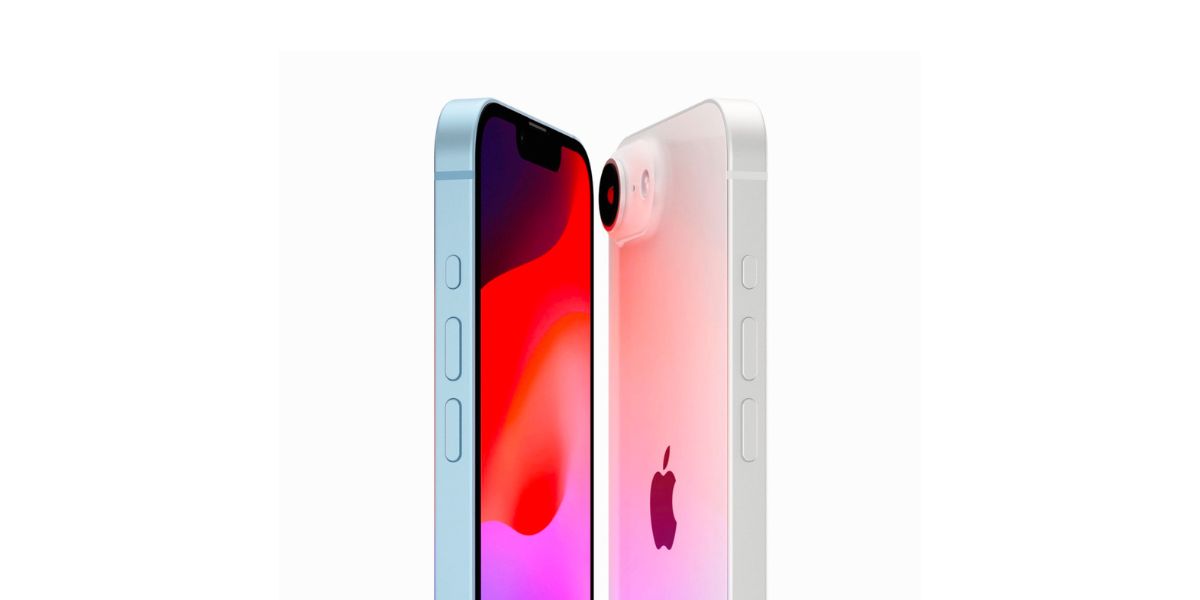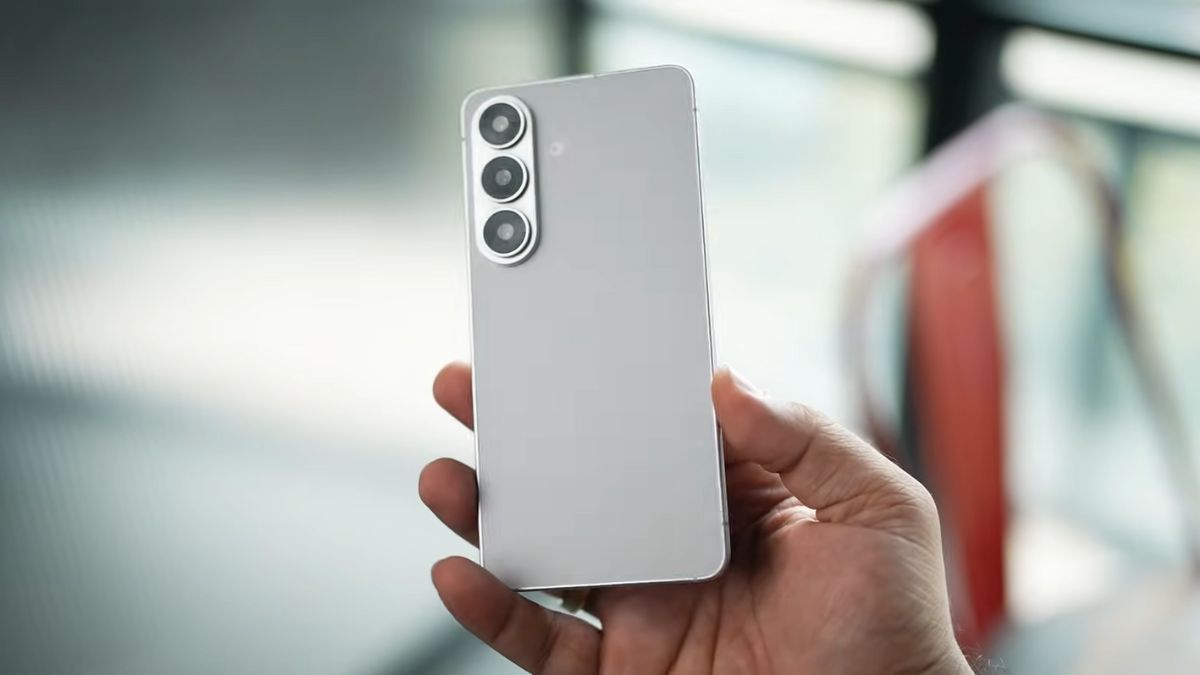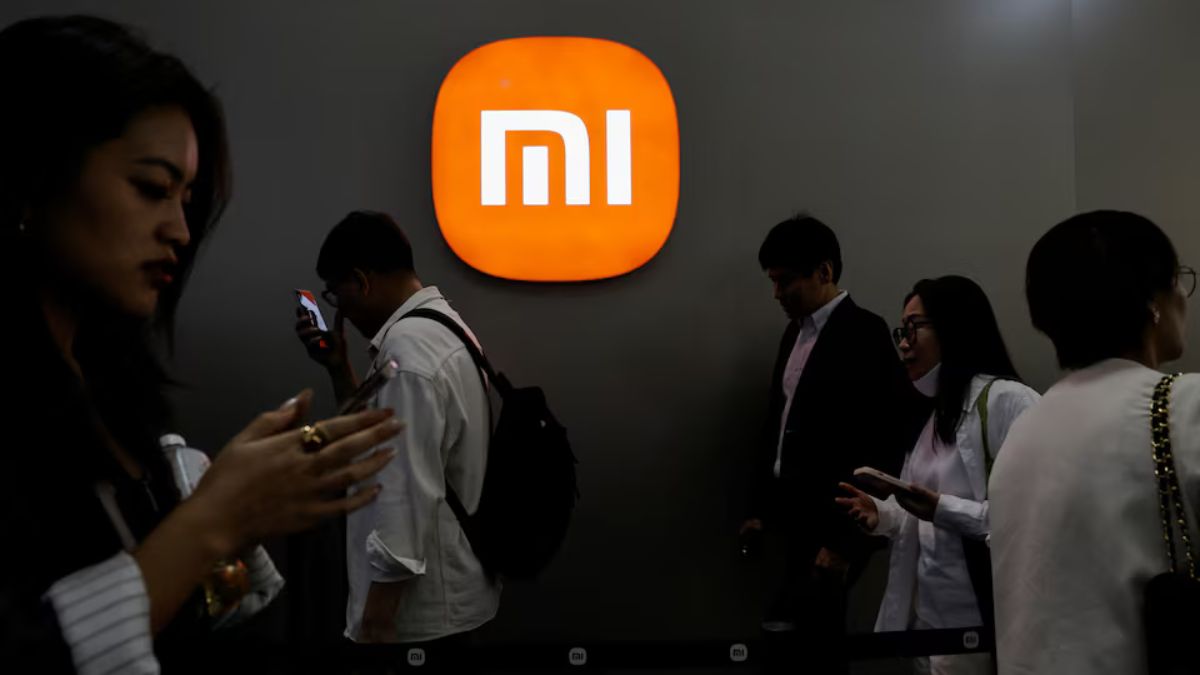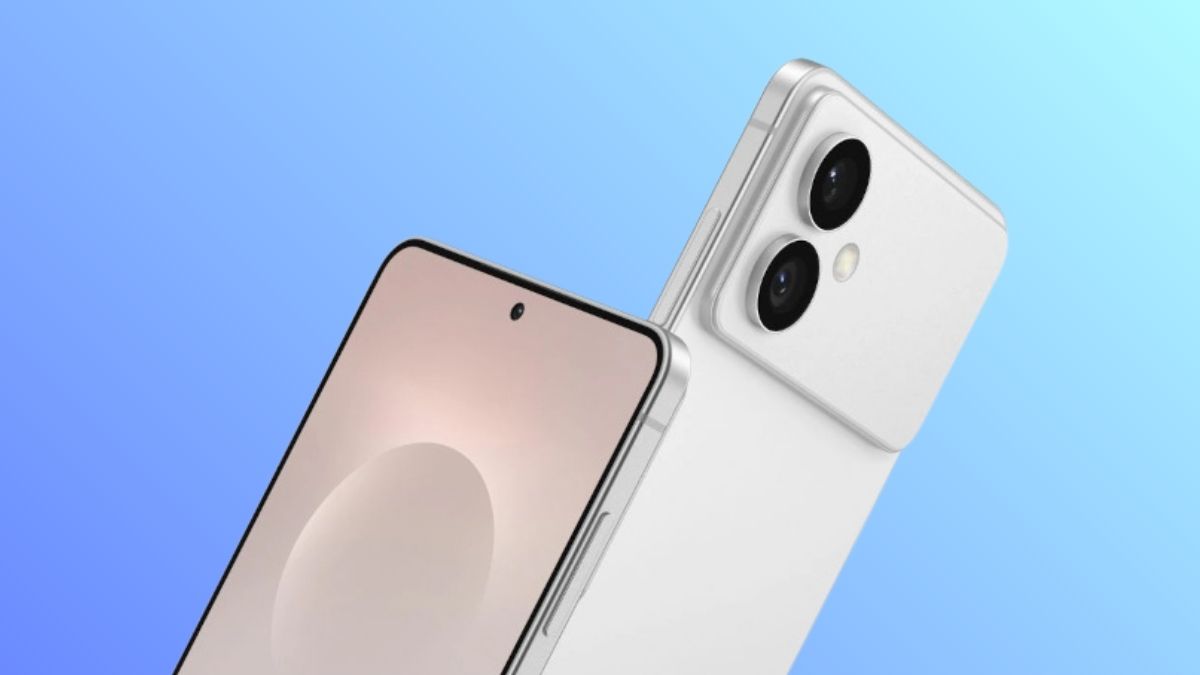Apple is set to revamp the iPhone SE in 2025, and reports suggest that this will be the first model to feature the company’s in-house designed modem.
After years of relying on Qualcomm for modem chips, Apple is now ready to take control of its hardware and reduce its dependency on third-party suppliers.
Why the iPhone SE?
The iPhone SE is Apple’s most affordable device, making it the perfect candidate for testing new technologies.
By using this model, Apple can gather real-world feedback on the modem’s performance without risking its flagship devices. If the modem works well, Apple can confidently integrate it into its premium models, like the iPhone 16 Pro Max.
This approach follows Apple’s history of using budget models to test new features. For example, the iPhone SE was the first to feature the A15 Bionic chip, which later appeared in the iPhone 14 series.
Potential Rebranding: iPhone 16E?
There’s also a rumor that Apple may ditch the “SE” name and rebrand the phone as the iPhone 16E. This could signify a shift in how Apple positions its budget-friendly devices, creating a new tier similar to Google’s Pixel A series.
The “E” could stand for “Essential” or “Edition,” offering a more affordable alternative to flagship models while still incorporating cutting-edge technology.
The Bigger Picture: In-House Chip Development
Apple’s move to design its own modem aligns with the broader trend of companies bringing chip development in-house.
This strategy gives Apple greater control over the supply chain and allows for better integration between hardware and software.
Apple’s decision to use the iPhone SE (or 16E) as a testing ground for its new modem is a smart move. It allows the company to innovate without taking unnecessary risks.
If successful, it could lead to more affordable iPhones with advanced technology in the future, benefiting consumers and shaking up the smartphone market.














